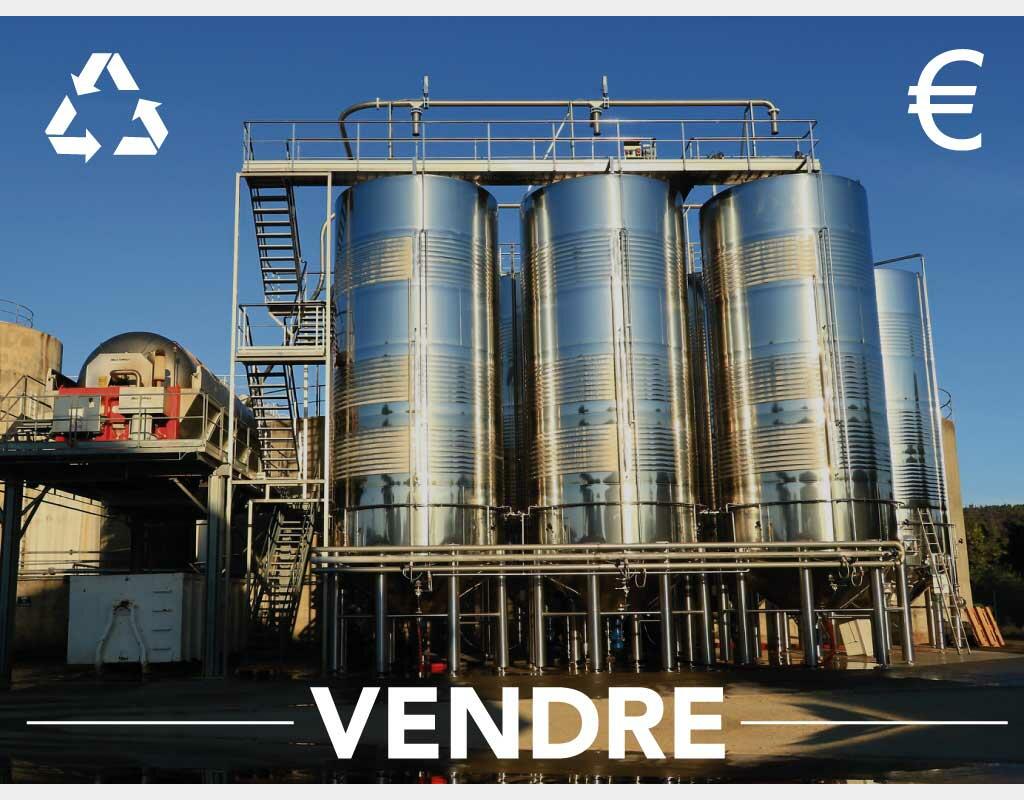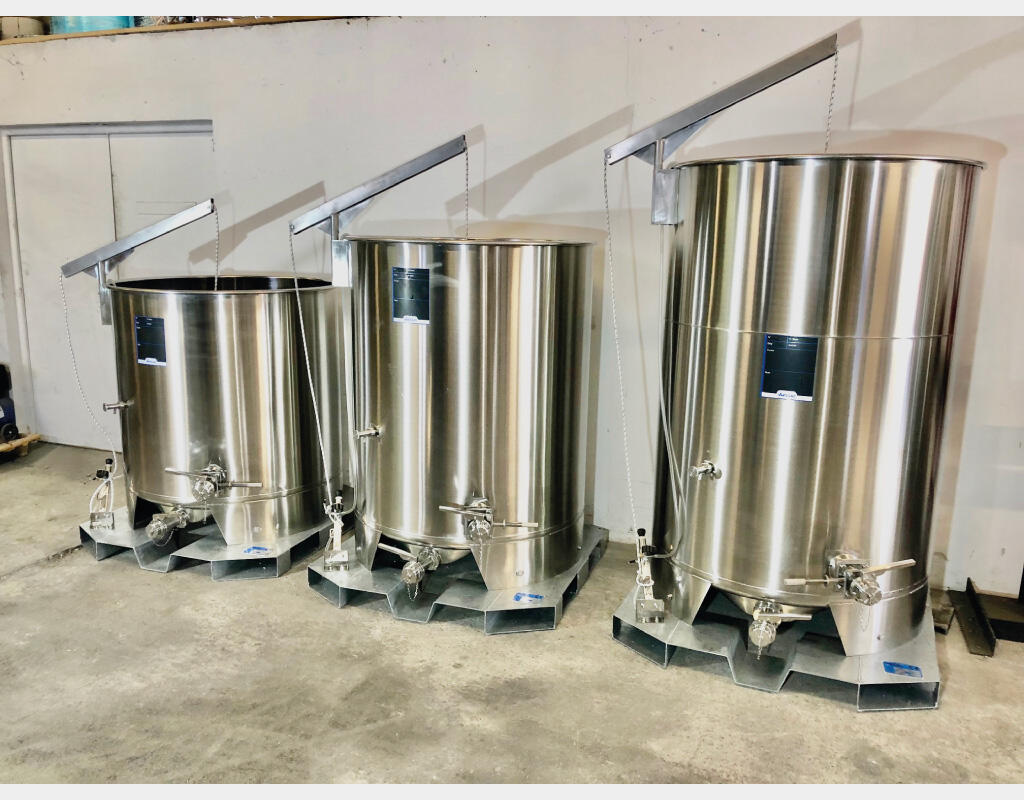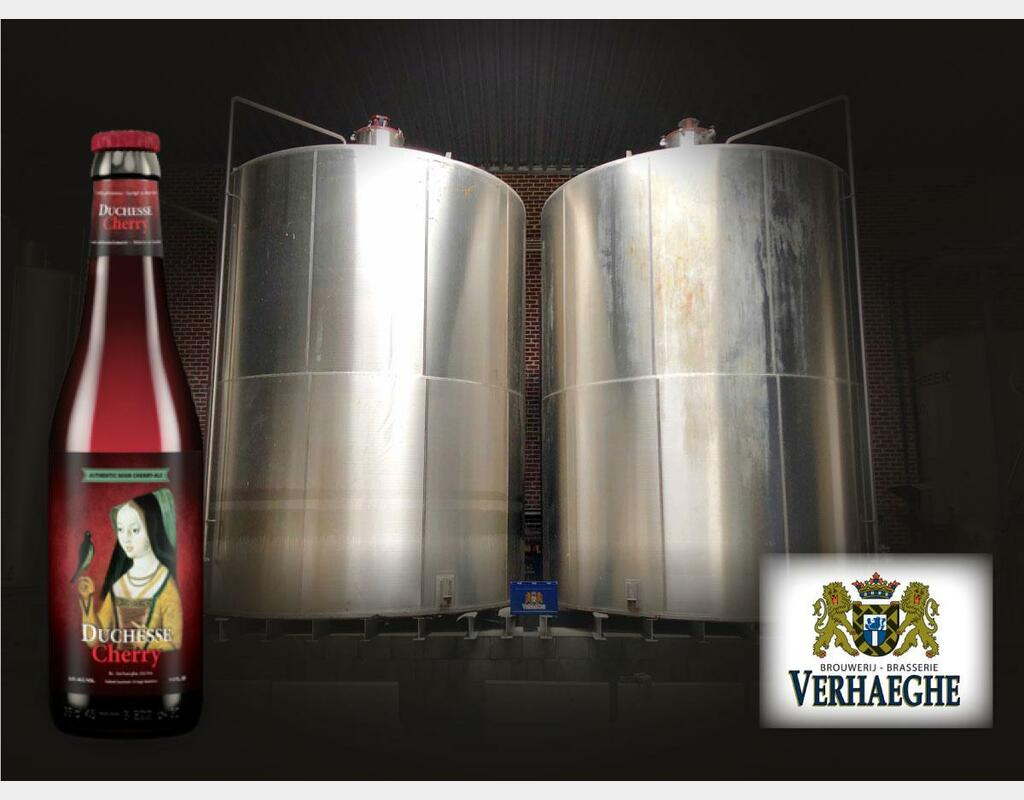What is a peristaltic pump and how does it work?
Peristaltic pumps for transferring liquids
Peristaltic pumps are positive displacement pumps used to transfer liquids in a wide variety of industrial, pharmaceutical and food applications. These pumps are called ‘peristaltic’ because of the wave-like compression movement that occurs when a flexible tube is pressed between a rotor and a stator. In this article, we'll take a closer look at what a peristaltic pump is and how it works.
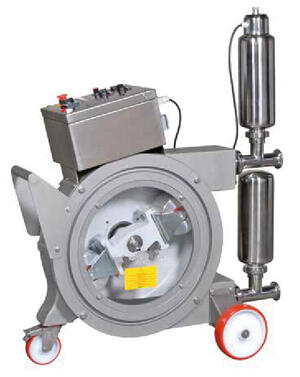 |
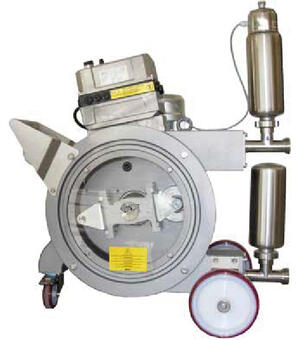 |
What is a peristaltic pump?
A peristaltic pump is a pumping system that works by compressing a flexible tube, enabling a liquid to be transported without contact with the internal mechanical parts. This type of pump is particularly suitable for the precise dosing and transfer of sensitive substances, especially in the chemical industry and waste water treatment.
Peristaltic pump operation
A peristaltic pump has three main components:
- The rotor: fitted with rollers or rollers that compress the flexible tube.
- The stator: fixed structure that holds the tube in place.
- The flexible tube: liquid transfer channel, which is successively compressed and released to create a constant flow.
The movement of the rotor generates a wave-like compression action that pushes the liquid through the tube. This principle avoids any contact between the fluid and the pump's internal components, ensuring safe handling of sensitive liquids. A peristaltic pump is a type of progressive cavity pump that uses a series of rotating rollers to press liquid through a flexible tube. Pressure is created by exerting a force on the tube, which creates a low-pressure area that draws in the liquid. This process is often referred to as ‘compression’. The tube is pressed between a rotor and a stator, creating a wave-like compression action that pushes the liquid through the tube. The liquid is transferred without any contact with the internal parts of the pump, which is ideal for applications that require delicate handling or corrosive liquids. What's more, the tubes can be replaced easily, allowing great flexibility in applications and the use of different types of liquid.
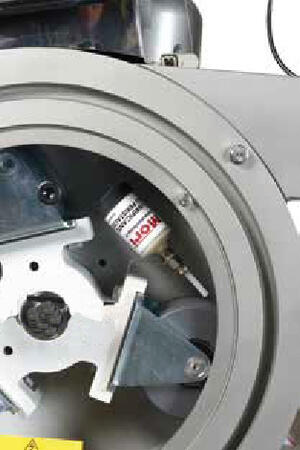 |
Advantages of Peristaltic Pumps
Peristaltic pumps have several advantages over other types of pump:
- Contamination-free handling: Ideal for the food and pharmaceutical industries.
- Easy to clean and maintain: The flexible tube is easy to replace, simplifying maintenance of industrial peristaltic pumps.
- Suitable for corrosive and viscous liquids: No metal parts in contact with the fluid, perfect for transporting aggressive chemical liquids.
- Damage-free dry-running: Less risk of overheating or damage.
Peristaltic pump applications
Peristaltic pumps are widely used in various sectors:
Food industry
- Transfer of liquid foodstuffs (juice, milk, sauces, etc.).
- Used in wine-making processes (must, wine, fermentation).
- Peristaltic pump for viscous liquids, ideal for thickened products.
Pharmaceutical industry
- Pumping medical and biotechnological solutions.
- Used in laboratories for precise dosing.
- High-precision peristaltic pump used for critical solutions.
Chemical industry
- Transport of aggressive chemicals.
- Handle sensitive fluids without cross-contamination.
- Easy peristaltic pump maintenance thanks to simplified design.
Water treatment
- Reagent dosing and waste water treatment.
- Greater precision for environmental applications.
Use of Peristaltic Pumps in the Wine Sector
In the wine industry, peristaltic pumps ensure the gentle transfer of wine and grape must without altering their quality. They preserve organoleptic properties and reduce the risk of oxidation.
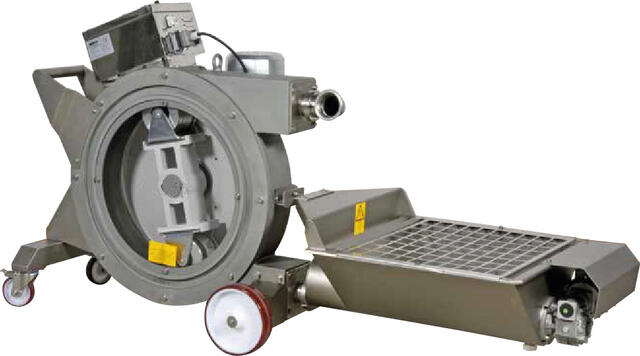 |
An additional device, the hopper, enables a large quantity of grapes to be stored before being transferred, making the winegrower's work easier. Installation and maintenance of peristaltic pumps in the wine industry are key elements in optimising production.
→ Discover the peristaltic pumps available in stock
In conclusion, a peristaltic pump is a positive displacement pump that uses a flexible tube to transfer liquids. It works by compressing the flexible tube between a rotor and a stator, creating a wave-like compression action that pushes the liquid through the tube. Peristaltic pumps offer many advantages over other types of pump and are ideal for corrosive, sensitive or delicate liquids. If you need to transfer liquids accurately and efficiently, a peristaltic pump could be the perfect solution for your application.
✖ Any doubts about the feasibility of your project ?
Please do not hesitate to contact an Arsilac manager if you have any questions or would like more information about our industrial pumping equipment solutions.
FAQ
Q1 : Can a peristaltic pump work with highly viscous liquids ?
Yes, these pumps are designed to transport thick liquids without obstruction.
Q2 : How long does a flexible tube last ?
This depends on the fluid being pumped and the frequency of use, but regular maintenance will extend its life.
Q3 : How do I optimise a peristaltic pump for my application ?
Choose the right tube for your fluid and adjust the rotor speed to meet your flow requirements.
Q4 : Can a peristaltic pump operate continuously ?
Yes, but it is advisable to check that the equipment is compatible with prolonged use.
_
Note: This article is for information purposes only and does not constitute professional advice. It is recommended that you consult experts and comply with the specific regulations of each industry.
#industrie #agroalimentaire #transfert #liquide #peristaltique #pompe


